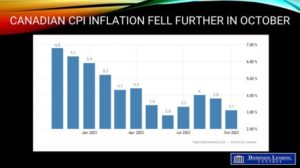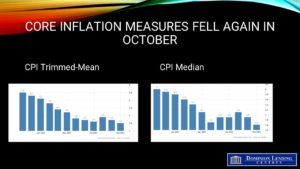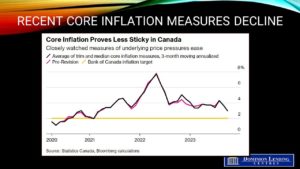The current economic landscape can be challenging for young Canadians to navigate as they face great uncertainty with heightened interest rates and inflation. It can be frustrating as they are just starting to build their career, considering buying a home or starting a family. If you are a parent, you may be thinking about how you can help your child during this period. The CHIP Reverse Mortgage by HomeEquity Bank is a sound financial solution that can help you support your loved ones by providing a tax-free gift.
The Gift of Early Inheritance
As a parent, you may want to provide an early inheritance to see your adult children use the funds to improve their lives in a time of need. By giving an early inheritance, you can avoid probate fees (estate administration tax) and save money by bringing you to a lower tax bracket*. With an early inheritance, your children can pay for their wedding, start a business, pay off student loans, make a down payment on their home, and much more. Speak to your tax specialist for more details.
How the CHIP Reverse Mortgage Works
You may have heard of using a home equity line of credit (HELOC), or liquidating investments to gift an early inheritance. There are disadvantages associated with loss of investment earnings or taxes when selling investments. The CHIP Reverse Mortgage by HomeEquity Bank allows you to unlock up to 55% of the equity in your home without any of these challenges. With the CHIP Reverse Mortgage, your investments remain intact, and no monthly mortgage payments are required. Therefore, your income is not affected, and best of all, the money you get from the CHIP Reverse Mortgage is tax-free!
If you want to provide a tax-free gift to your children, contact me for details on how the CHIP Reverse Mortgage by HomeEquity Bank might be a help you.
*HomeEquity Bank requires all clients to receive independent legal advice to review the mortgage contract and ensure they fully understand the terms and conditions.
Adapted from HomeEquity Bank’s February 16, 2023 Publication
Image Credit: Jon Tyson, Unsplash






